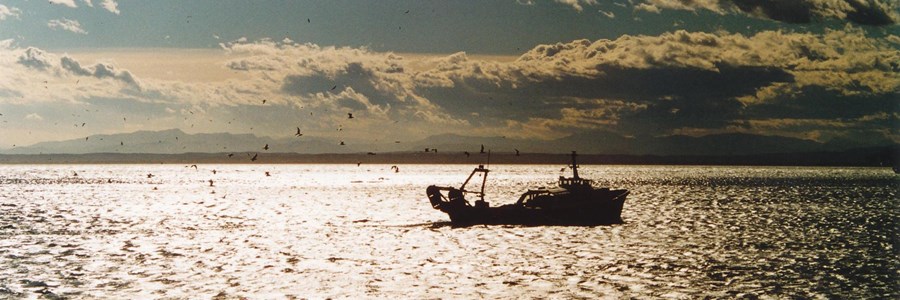"Scientists indicate positive trend in European fisheries"

Europêche has welcomed the clear words from the scientific community and General Director of DG MARE, Lowri Evans, at yesterday's seminar on ´the State of Fish Stocks´ organised by the European Commission.
The scientific data presented showed a positive long term trend of increasing fish populations and a reduction of fishing mortality1. The panel explained that many stocks have recovered and have delivered stable and sustainable catches, highlighting that long-term management plans and consequent management over the years have been successful. Stocks such as northern hake, cod and plaice in the North Sea and herring and flounder in the Baltic Sea were identified as success stories. In fact, for demersal stocks in the Celtic and West of Scotland, fishing mortality at the lowest levels registered. Plaice is said to have exploded in the North Sea with the highest stocks levels observed. Across all ecoregions, a decrease in fishing mortality and an increase in stock levels has been observed for demersal, flatfish and pelagic stocks.
However, as Eskil Kirkegaard, leading ICES-scientist, pointed out, there are still many obstacles to overcome since scientists are still unable to explain the situation with Eastern Baltic cod. "We have observed a decrease in fishing mortality but in spite of this positive parameter, the stock does not grow."
President of Europêche, Javier Garat, stated: "Fishermen have still adjusting to the first phase of the new discard ban which came into place in January with virtually no period of adjustment. The December Council will set fishing opportunities based on the target of maximum sustainable yield (MSY)2 so it is essential that the positive trends and advice we have seen today in many stocks are translated into positive quotas. Despite sardine and anchovy stocks already being fished at MSY levels in some areas and bluefin tuna stocks growing strongly, we still have some work to do in the Mediterranean, but as STECF has stated, the recovering potential of the Mediterranean stock is still very high."
Comments from the floor included the fact that whilst we can all agree on the assessments given by ICES, there is little agreement on the advice provided. The advice proposes a quota reduction of up to 66% for western cod in the Baltic which simply cannot be taken on by the industry in one year. Similarly, flexibility needs to be given to Baltic Sea fishermen who are already experiencing the discard ban but who are unable to adapt their fishing gear.
Mr. Garat continued: "We have 48% of stocks with insufficient data. The industry are already working with scientists to improve data collection. Only 10% of EMFF funds for data collection go to processing the data. It is not fair that the industry are paying the price. There is a huge gap between the perception of fishing and the reality. We have heard today how stocks in many areas are being fished at MSY levels and these positive messages must be transmitted to a wider audience."
The economist Anton Paulrud, Chair of the Expert Group on the Annual Economic Report of the STECF, showed clear results on improved economic data of the fishing sector in Europe. Since 2008, the time fishing vessels spent at sea has decreased yet we have seen a significant increase in the landings, net profit and the income of the crew. It was said that the drivers of such positive developments have been the recovery of the stocks, lower fleet capacity, good first sale price and stable consumer demand. Progress in energy efficiency and gear selectivity also underpinned the trend. Nevertheless the sector remains vulnerable with loss of fishing grounds devoted to nature conservation and offshore wind farms, fewer young people entering the sector, reduced quotas and market saturation.
Whilst the performance of the large scale fleet has fared reasonably well, the small scale fleet of coastal regions are still suffering, with jobs and vessels slowly disappearing. Stakeholders emphasised the vulnerability of the sector, expressing that in the same way that there is a red line of biological safe limits that cannot be crossed, there should also be a similar gauge for the social and economic limits to safeguard the sector.
ENDS
Europêche represents the fisheries sector in Europe. Currently, the Association comprises 13 national organisations of fishing enterprises from the following 9 EU Member States: DE, DK, ES, FR, IT, MT, NL, PL, UK.
Press contacts:
Kathryn Stack, Managing Director of Europêche: +32.2.230.48.48 kathryn.stack@europeche.org
___________________________________________________________________________________________________________________________________________________________
[1] The removal of fish from the stock due to fishing activities using any fishing gear. It is denoted by (F) in fisheries models.
[2] The largest yield (or catch) that can be taken from a species' stock over an indefinite period.
Sources: EUROPECHE
Attachments:
Tags: fish stocks, fisheries, MSY, ICES, STECF, Recovery, fleet capacity, Cod, Baltic